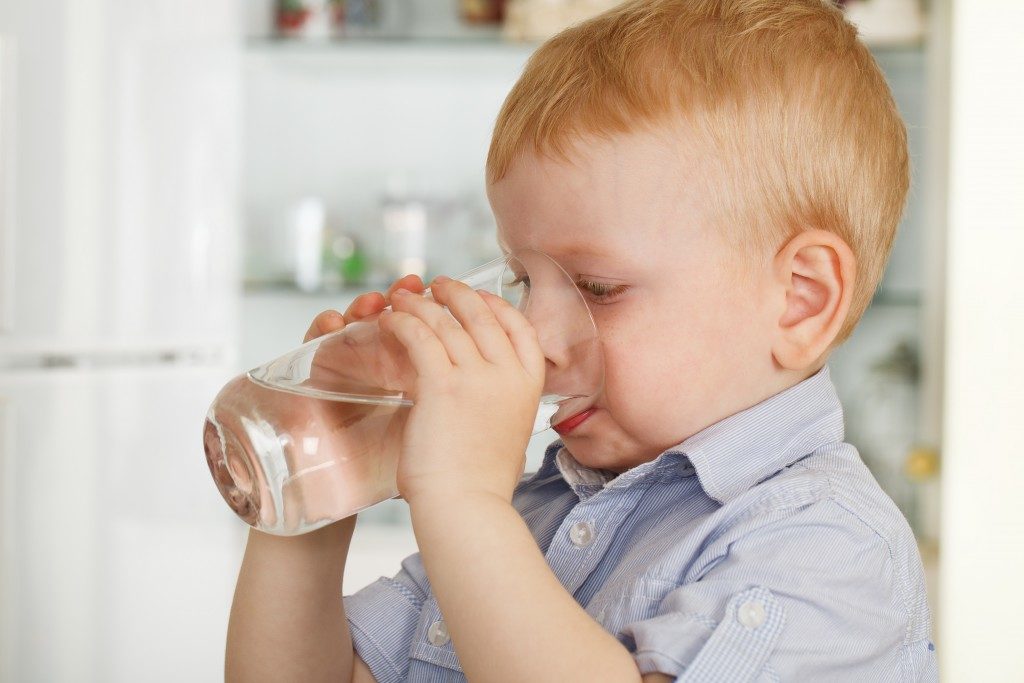The water that comes from our taps usually comes from surface water sources or underground. Since we drink, bathe in, and cook with this water, how do you know if it's safe for consumption?
Sources of tap water
Tap water can come from two different sources, which can be divided into surface water and underground water. Surface water sources include streams, lakes, rivers, and reservoirs. On the other hand, underground water sources include aquifers and porous rocks. Unless you have a device such as a Xylem Lowara pump for clean water circulation, tap water can be contaminated with different microorganisms.
Microorganisms present in tap water
Tap water may contain numerous disease-causing microorganisms from the environment. If you drink contaminated or untreated tap water, you may be exposed to:
- Shigella
- E. coli
- Salmonella
- Vibrio
- Norwalk virus
- Rotaviruses
- Entamoeba
- Giardia
- Cryptosporidium
Microorganisms cause waterborne diseases, which can result in nausea, vomiting, diarrhea, and stomach cramps. Healthy adults are usually minimally affected by waterborne diseases. However, infants, children, elderly, and people with weakened immune systems may experience more severe symptoms and require immediate medical care.
How to tell if it's safe for drinking

Untreated water may contain unsafe levels of microorganisms, putting people and animals at risk. If you drink from the tap, here's how to tell if the water is potable:
1. Check for odor or cloudiness
Contaminated water may look cloudy or turbid. It can also taste or smell bad. If your tap water possesses any of these physical attributes, don't drink it. It may contain harmful pathogens or chemicals that can make you sick.
The following odors may indicate the presence of certain compounds in the water:
- Bleach – chlorine
- Rotten eggs – hydrogen sulfide
- Fish – barium or cadmium
- Metal or rust – excess iron or copper
2. Do your research
Information about your city's water system is usually made available to the public. Check the Australian Water Association reports to see if your water company has made any violations. A Consumer Confidence Report is also given by water suppliers to let you see their annual quality report, which can be available through snail mail or online. If there's an indication that your tap water may be unsafe to drink, don't drink the water that comes from the tap.
3. Test your water

Water testing agencies are available to let you know if your home's tap water is safe to consume. Alternatively, you can buy home test kits, which will let you know if your water is potable, while also letting you track changes in your water supply.
If you find that your tap water is unsafe for consumption, you may invest in a home water treatment device. This type of device is installed in homes and is used to reduce microorganisms that are present in the water.
On the other hand, you can try boiling, distillation, or reverse osmosis filtration to minimize the number of bacteria and other pathogens. However, these methods of water treatment do not necessarily eliminate microorganisms and the risks associated with consuming them.

